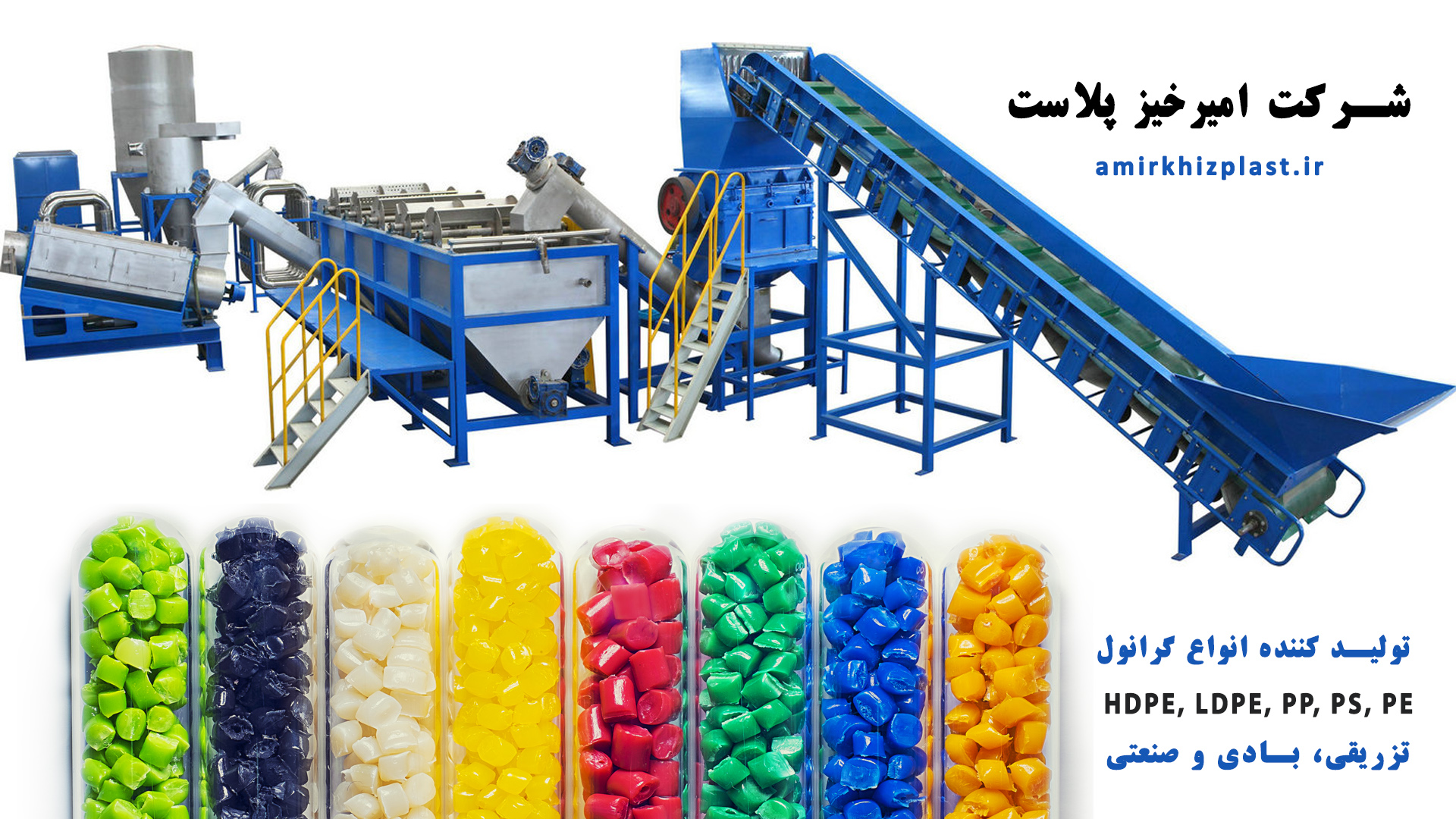





High Density Poly Ethylene (HDPE) is a thermoplastic polymer made from petroleum. As one of the most versatile plastic materials around, HDPE plastic is used in a wide variety of applications, including plastic bottles, milk jugs, shampoo bottles, bleach bottles, cutting boards, and piping. Known for its outstanding tensile strength and large strength-to-density ratio, HDPE plastic has a high-impact resistance and melting point.
Besides its use for food applications, it can be found in unusual places, including:
Industrial-grade, FDA, NSF, and USDA-approved food-quality High Density Polyethylene (HDPE) boards are engineered to be low maintenance, safe and long lasting. Their textured surface provides a grip to hold food safely.
Additional benefits include all of the following:
One of the primary benefits of this plastic material comes from its inherent malleability. With this in mind, HDPE in particular excels. Thanks to a high melting point, HDPE remains rigid until very high temperatures. However, once it’s reached its melting point, the plastic material can be quickly and efficiently molded for use across a variety of unique applications including cutting boards, detergent bottles, milk jugs, food storage containers, corrosion-resistant piping, geomembranes, plastic lumber, and so much more.
HDPE resists mold, mildew, and rotting, making it the ideal material for underground piping used to deliver water. Long-lasting and weather-resistant, HDPE can be sterilized by boiling, making it an ideal material for food and beverage containers. Additionally, HDPE can withstand most strong mineral acids and bases and has excellent resistance to naturally occurring chemicals found in soil. Moreover, the material is virtually impervious to most common chemicals, water, solvents, acids, detergents, and cleaning fluids.
The density of HDPE can range from 0.93 to 0.97 g, although the density of HDPE is only marginally higher than LDPE (low-density polyethylene). However, when under the microscope, HDPE’s linear structure means the material has little branching, which offers it stronger intermolecular forces and tensile strength than LDPE. It’s for this reason that a 60-gram HDPE container can safely carry over a gallon of liquid or roughly eight pounds of weight.
Considering how much plastic we use in our day-to-day lives, one of the most important factors when deciding on a material is plastic recycling. Fortunately, HDPE plastic is easily recyclable, helping keep non-biodegradable waste out of landfills, while helping reduce plastic production by up to 50 percent! If you’re looking for a cost-effective, environmentally responsible material, HDPE may be the plastic for you.
HDPE often replaces heavier materials which help companies and individuals alike pursue sustainable and affordable manufacturing and project goals. Thanks to its high malleability, rigid strength, and corrosion resistance. HDPE is the perfect combination of strength, cost-efficiency, and environmental friendliness.
ref: www.acmeplastics.com
بستن *نام و نام خانوادگی * پست الکترونیک * متن پیام |
